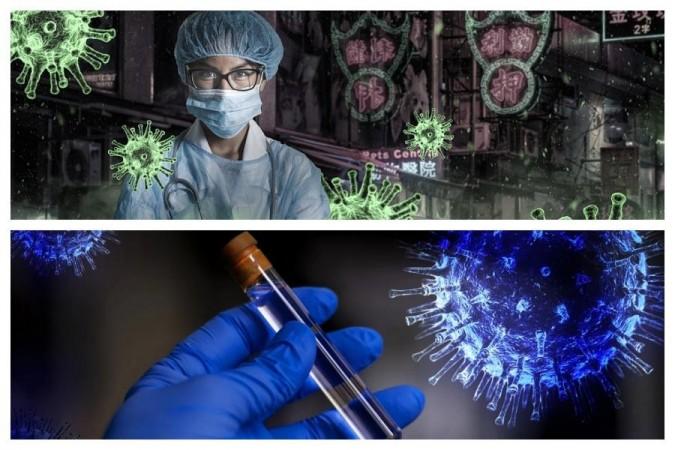
As the novel coronavirus originated from China is wreaking havoc in all nooks of the globe, another deadly pathogen, known as the tick-borne virus (SFTS Virus) has killed seven people, and infected 60. It was in 2010 that the country reported the first tick-borne virus case, and China had claimed to have isolated the pathogen of the virus in 2011. And now, the virus infection has resurfaced again, and medical experts believe that human to human transmission of this pathogen could disrupt the system which is being ravaged by the coronavirus outbreak.
High fatality rate adds up to the worries
Even though the spreading rate of coronavirus is very quick, the mortality rate associated with this infection is pretty low, and people above the age of 60 are more likely to lose their life due to the virus attack. However, when it comes to the tick-borne virus, things are different, and the fatality rate associated with this pathogen is 30 percent.
Symptoms of tick-borne virus
Severe fever with thrombocytopenia syndrome virus (SFTSV) is a novel phlebovirus in the Bunyaviridae family. According to virologists, the infection may have been passed from ticks to humans, and that the virus might have later passed between humans to humans.
Sheng Jifang, a doctor from the first affiliated hospital under Zhejiang University revealed that the possibility of a human to human transmission cannot be ruled out. As per experts like Sheng, patients can pass the virus to others via blood and mucous. However, medical experts admitted that the major transmission route of the virus is tick bites.
The noted tick-borne virus case
According to reports published in Chinese media, a woman from Nanjing, the capital of Jiangsu, had contracted the SFTS virus infection. After getting contracted with the virus, the woman developed symptoms that include fever and coughing.
Further checkups revealed that the woman had a decline of leukocyte (white blood cells) in her body. It was after several months of treatment that the woman got discharged from the hospital.









